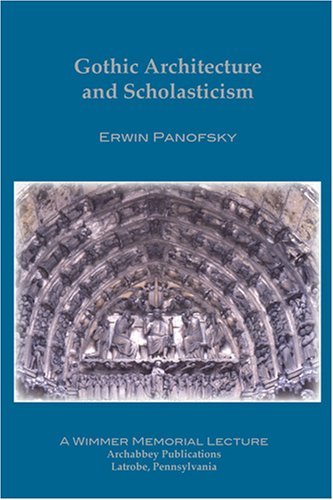What do you think?
Rate this book


166 pages, Paperback
First published January 1, 1951
“Ultimately, the flying buttress learned to talk, the rib learned to work, and both learned to proclaim what they were doing in language more circumstantial, explicit, and ornate than was necessary for mere efficiency”